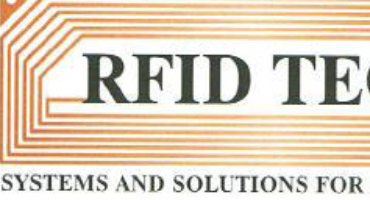Here are some key features and uses of tyre-embeddable UHF RFID tags:
Durable and Resilient: Tyre-embeddable RFID tags are designed to withstand harsh environmental conditions, including extreme temperatures, exposure to chemicals, and physical wear and tear. This durability ensures that the tags can continue functioning reliably even when embedded in tires.
Identification and Tracking: These RFID tags allow for the unique identification and tracking of individual tires. Each tag is associated with specific tire information, such as its make, model, manufacturing date, and usage history.
Inventory Management: Automotive manufacturers, dealerships, and logistics companies use RFID tags to manage their tire inventories efficiently. The tags enable automatic and accurate tire inventory tracking, reducing the risk of errors and stockouts.
Maintenance and Predictive Analysis: Tyre-embeddable RFID tags can help monitor the condition of tires in real-time. By collecting data on factors like tire pressure, temperature, and wear, these tags contribute to predictive maintenance strategies, reducing the risk of tire-related accidents and optimizing tire lifespan.
Anti-Theft and Security: RFID technology can enhance vehicle security by enabling tire identification. If a vehicle's tires are stolen, authorities can track and identify the stolen tires using the embedded RFID tags.
Reduced Labor and Improved Efficiency: RFID technology eliminates the need for manual tire identification and tracking processes, which can be time-consuming and error-prone. This leads to increased operational efficiency and reduced labor costs.
Compatibility with UHF Readers: Tyre-embeddable RFID tags typically operate at UHF frequencies, which offer longer read ranges and faster data transfer rates compared to lower-frequency RFID tags. UHF RFID readers are commonly used to communicate with these tags.
Supply Chain Visibility: In the logistics industry, tire manufacturers and distributors can use these tags to monitor the movement of tires through the supply chain, ensuring that tires are delivered to the right destinations and customers.
Regulatory Compliance: Some regions and industries may have regulations requiring tire tracking and maintenance records. Tyre-embeddable UHF RFID tags can help organizations comply with these regulations.
Data Analytics: The data collected from RFID-tagged tires can be analyzed to gain insights into tire performance, usage patterns, and overall fleet management. This data-driven approach can lead to cost savings and better decision-making.
Using tyre-embeddable UHF RFID tags offer a versatile solution for improving tire management and vehicle-related processes, enhancing safety, reducing costs, and increasing operational efficiency in various industries.


